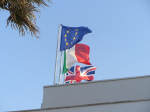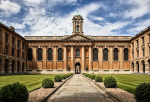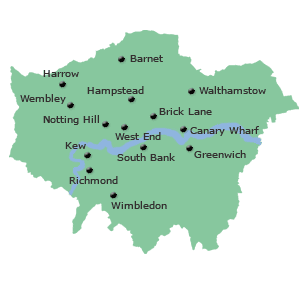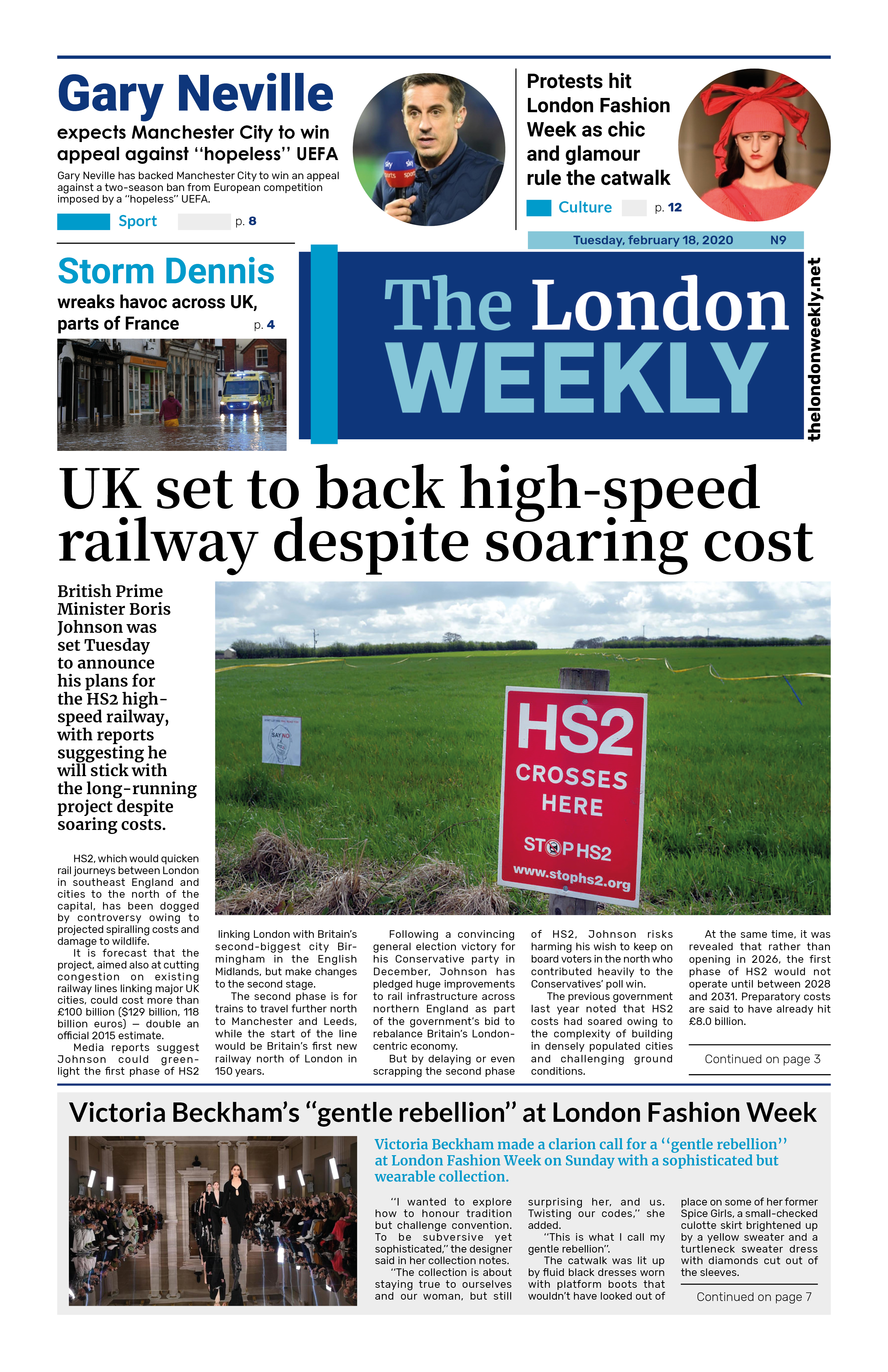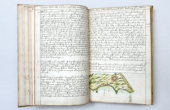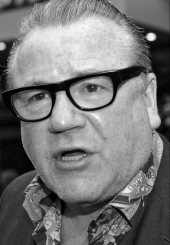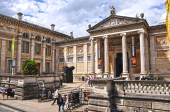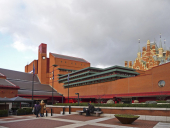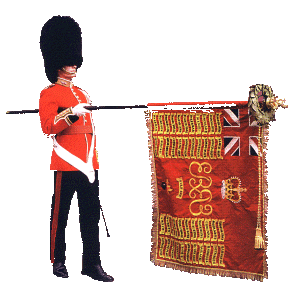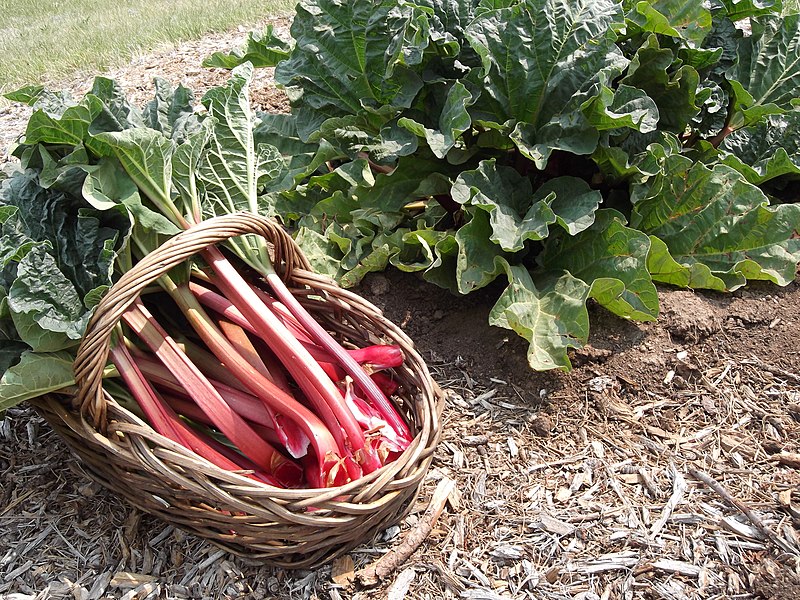
One particular vegetable has taken British shoppers by storm, with Tesco reporting a remarkable surge in demand.
While food trends come and go, rhubarb has cemented its place as a UK supermarket sensation. Once known primarily for crumbles, the versatile vegetable has now found its way into everything from spirits like vodka and gin to hot cross buns and even household fragrances.
According to Tesco, sales of out-of-season forced rhubarb have skyrocketed by 200% compared to last year.
What’s driving the rhubarb boom?
Industry experts from Fresh Produce Journal suggest that the demand stems from rhubarb’s growing presence in a variety of food products, beverages, and even scented household goods.
Unlike its garden-grown counterpart, forced rhubarb is cultivated indoors and is known for its sweeter taste and vibrant pink hue. The forced rhubarb season runs from January to March, while the traditional outdoor variety is available between April and October.
Tesco’s rhubarb buyer, Paul Curtis, noted:
“Rhubarb has become the flavour of the moment. While it’s long been a classic dessert ingredient—especially in crumbles with custard—it’s now one of the most sought-after flavourings and scents in food, drinks, and household items.
“Who would have thought we’d see rhubarb-scented washing-up liquid, candles, and even toilet paper? Right now, we’re in peak forced rhubarb season, which means it’s at its sweetest and most flavourful. The growing trend has driven record-breaking demand.”
Yorkshire’s rhubarb triangle leads the way
Traditionally, rhubarb has been grown in Yorkshire, with much of the production focused in the famous Rhubarb Triangle, an area in West Yorkshire renowned for its high-quality forced rhubarb. However, with its rising popularity, production has expanded to other regions, such as Norfolk, where Place UK cultivates over 25 tonnes of forced rhubarb annually.
Dan Yordanov, head of fresh operations at Place UK, revealed that growers have increased production by around 30% over the past five years to meet demand.
No longer just a staple for desserts and baking, rhubarb has now infiltrated fragrances, candles, and even toothpaste. Some designers have even taken it a step further, with one bronze rhubarb-themed wall light retailing for a staggering £1,850.
Rhubarb’s long-standing British roots
Rhubarb first made its way into British cuisine in the early 17th century when Sir Matthew Lister introduced the edible variety from Italy. Since then, it has evolved from a simple garden vegetable to a must-have ingredient and lifestyle trend.
With demand continuing to rise, it seems rhubarb’s reign as a British favourite is far from over. Photo by RhubarbFarmer, Wikimedia commons.











